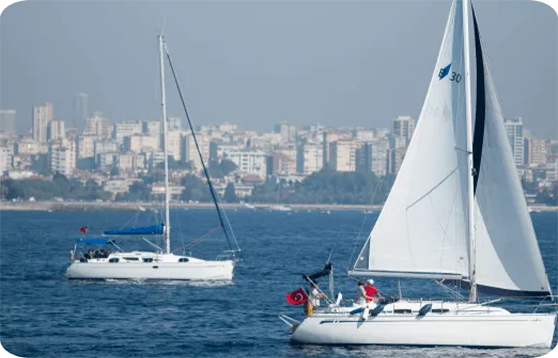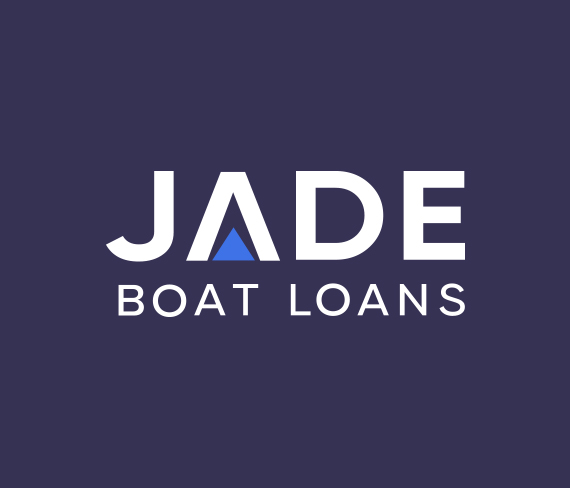The close connection between the rate of inflation and interest rates has become well-known by many Australians. The high rate of inflation which has continued to rise, has been the key reason that the Reserve Bank (RBA) has increased the cash rate over the last, nearly 12 months. For those with existing loans or planning to purchase major goods with finance, staying across what’s happening with the rate of inflation has become as important as RBA rate decisions. For boat buyers inflation can flow on to RBA decisions which in turn can affect boat finance interest rates.
The CPI, which is the Consumer Price Index, is considered the indication of inflation and the figures are reported by the Australian Bureau of Statistics (ABS). The latest data – January figures, was released on March 1 and reveal a fall compared with the December data.
The December rate was 8.4%, an increase on the November figures. But for January, the rate has dropped to 7.4%. In its February statement, the RBA said that it appeared that inflation had peaked as of the December figure. That can appears as a good sign, but Treasurer Chalmers was amongst those that called for a cautionary approach when drawing conclusions based on monthly figures.
January Inflation Report – ABS
The January CPI data was reported by the ABS at a rate of 7.4%. Ms Michelle Marquardt, Head of Price Statistics ABS, notes that despite the fall from the 8.4% in December, the January result is the second biggest annual rise since September of 2018. That was when the ABS started reporting this data on a monthly basis.
Ms Marquardt said the figures indicate a continuation of high inflation. She reported the main contributing categories for January as housing, food and recreation and culture. For housing, the increase for January was 9.8% which is slightly below December’s 10.1%. Rent and new dwellings were the biggest contributors in this area.
The growth of rents is stronger than a year ago while new dwellings is showing a moderation. The January figure for food and non-alcoholic beverages was 8.2% which is less than December’s 9.5%. The fruit and vegetable category saw prices fall by 2.3%.
In recreation and culture it continues to be holiday accommodation and travel which is pushing prices up. In December the rate for the category was 29.3%. In January that eased back considerably to 17.8%.
Ms Marquardt said the CPI rate of inflation can be affected by the volatility of prices in some key areas. Notably for fruit and veg as well as fuel and seasonally driven holiday prices. By excluding some of these volatile items from the headline inflation rate, the underlying inflation rate is revealed. According to Ms Marquardt, this can be useful. For January the underlying rate is 6.7% down from 7.4% in December 2022.
Reaction from Treasurer Chalmers
As is usual, the Federal Treasurer, Jim Chalmers, addressed the media following the release of the latest inflation figures. The release also coincided with the release of the GDP – Australia’s growth figures. In regard to the January inflation data, Treasurer Chalmers said the rate was higher than what the Government would want, but it looked like the peak had passed in December.
Mr Chalmers advised that caution should be taken with one set of monthly data only. The high rate of inflation does look like being around for a longer time, though he said that this latest data was encouraging.
The latest GDP data saw growth slowing in December to 0.5% for the quarter. Mr Chalmers said this was expected, due very much to global conditions. High rates of inflation and tight monetary policy are being experienced in many countries.
Boat Finance Interest Rates Significance
The RBA Board considers all available data when making its monthly decisions on the cash rate. The January inflation data and the December quarter GDP data would be considered when the Board makes its March cash rate decision.
Based on comments made at the February Board meeting, there is an expectation by many economists for another rate rise in March and possibly more in April and maybe even May. One major bank has tipped the cash rate to reach 4.1% by May 2023.
In the minutes of the Board’s December meeting, it was revealed that amongst the options discussed was to hold the cash rate, leaving it unchanged. This option did not form part of the discussion at the February Board meeting. Whether or not the encouraging January inflation figures are seen as a strong argument to hold rather than lift interest rates, remains to be seen.
As the Treasurer noted, monthly figures should be viewed with a level of caution. This may be the approach adopted by the RBA Board.
The decision will be of importance to those planning purchases and watching boat finance interest rates. Inflation is remaining high and placing pressure on household budgets so securing cheaper boat finance interest rates for boat buyers will be a priority.
Even the smallest difference in the interest rate can make a considerable difference to the monthly finance commitments on a boat loan. The difference can be seen by using a finance calculator for boats and when comparing rates across the lender market.
By engaging Jade Boat Loans to source boat finance, buyers receive the cheapest interest rates that match their application. The cheapest rates as sourced from across many lenders. Inflation is still high, so achieving cheaper boat finance interest rates could be extremely significant to the overall purchase.
Contact Jade Boat Loans on 1300 000 003 for cheaper boat finance interest rates.
DISCLAIMER: THE INFORMATION AND SPECIFIC DETAILS CONTAINED IN THE CONTENT OF THIS ARTICLE HAVE BEEN PREPARED AND ARE PRESENTED PURELY AS GENERAL INFORMATION AND NOT INTENDED AS THE ONLY SOURCE OF FINANCIAL ADVICE FOR BOAT BUYERS AND LOAN BORROWERS. FOR THOSE THAT CONSIDER THEY REQUIRE SPECIFIC ADVICE, THEY SHOULD CONSULT WITH A FINANCIAL ADVISOR. LIABILITY IS NOT ACCEPTED IN REGARD TO ERRORS AND MISPRESENTED DATA AND DETAILS HEREIN.

 "
alt="">
"
alt="">